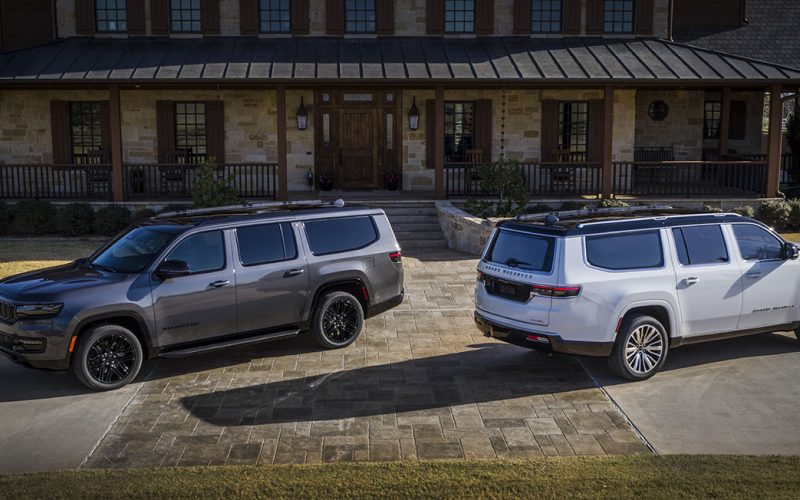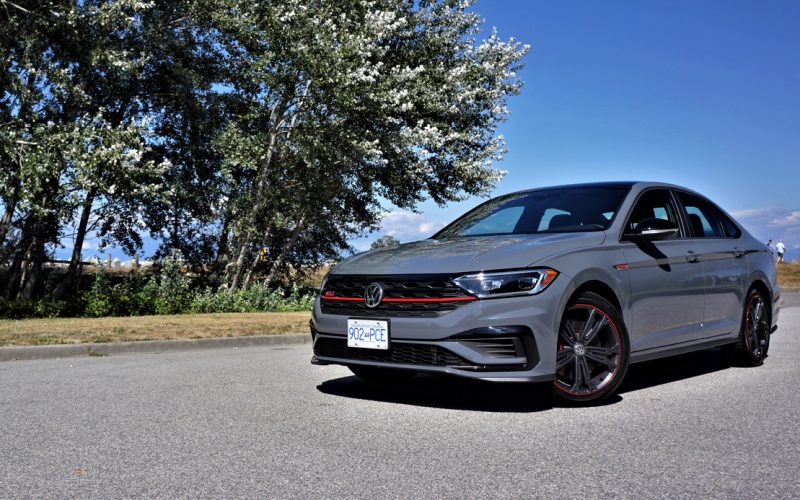
Reading Time: 4 minutesIt was only a matter of time before Jeep gave the extended wheelbase “L” treatment first

Reading Time: 10 minutesHonestly, other than being rare compared to Honda Civics, Toyota Corollas, Hyundai Elantras and Mazda3s, and
© 2025 The Car Magazine. All Rights Reserved, Privacy Policy | Terms of Use